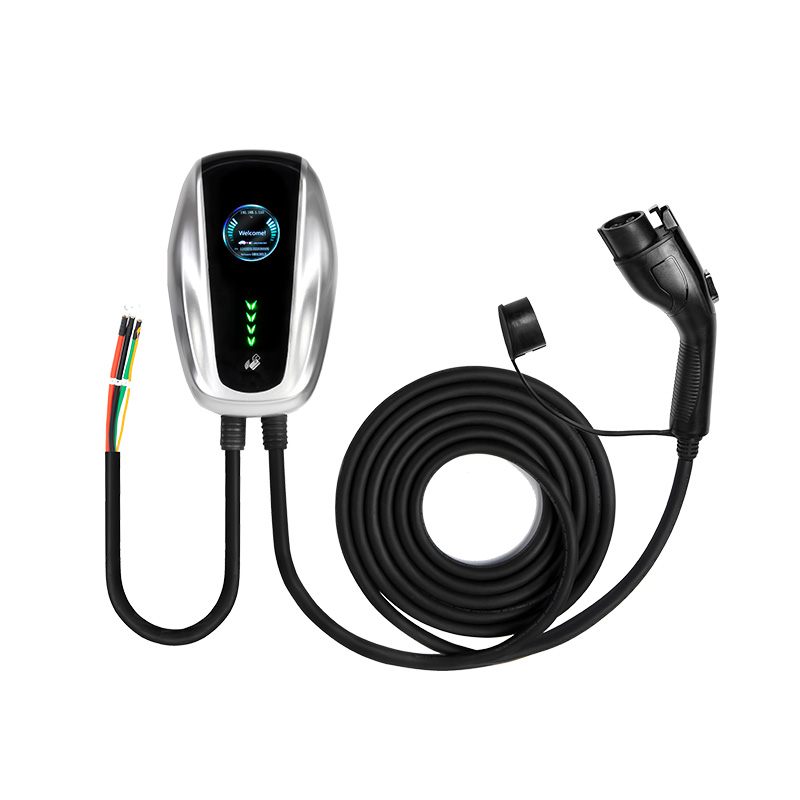Electric Vehicle (EV) charger stations are an integral part of the growing infrastructure for electric transportation. As the popularity of EVs continues to soar, it is crucial to explore whether these charger stations are equipped with adequate safety features. This article delves into the various safety elements present in EV charger stations, unveiling the truth behind their design and functionality.

Evaluating Electrical Safety Measures
One of the most critical aspects of safety in EV charger stations is ensuring electrical safety. These charging stations are equipped with numerous safety features such as electrical grounding systems, surge protection devices, and fire-resistant insulation. These measures guarantee the protection of the electric vehicle, the user, and the surrounding area against electrical hazards.
Fire Prevention and Suppression Mechanisms
Fire hazards pose a significant concern in EV charging stations due to the high voltage and energy involved. To combat this, advanced fire prevention and suppression mechanisms are installed in these charging stations. Fire-resistant materials, automatic fire alarm systems, and fire suppression technologies, like foam or gas-based systems, are some of the features implemented to mitigate fire risks effectively.
User Safety and Authentication Protocols
Ensuring user safety is paramount in EV charger stations. These stations incorporate authentication protocols to eliminate the risk of unauthorized usage and enhance user security. RFID cards, mobile applications, and biometric authentication are a few examples of the cutting-edge technologies employed to verify user identity and prevent unauthorized access to the charging infrastructure.
Emergency Shutdown and Fault Detection Systems
In the event of an emergency or fault occurrence, EV charger stations are equipped with emergency shutdown mechanisms. These allow for the immediate termination of the charging process, ensuring both user and vehicle safety. Furthermore, advanced fault detection systems constantly monitor charging parameters and identify any abnormalities. Timely detection of faults prevents potential accidents, protecting the charger station and its users.
Environmental Considerations: Leakage Prevention and Sustainability
In addition to user and electrical safety, EV charger stations prioritize environmental considerations. Leakage prevention mechanisms, such as ground fault detection and insulation monitoring systems, minimize the risk of electric shock and potential damage to the environment. Furthermore, many charger stations are designed with sustainability in mind and incorporate energy-efficient technologies, opting for renewable energy sources to power the charging infrastructure.

In conclusion, EV charger stations are indeed equipped with a plethora of safety features. From electrical safety measures to fire prevention mechanisms, user authentication protocols to fault detection systems, and environmental considerations, every aspect of safety is meticulously addressed. As electric transportation continues to expand, these safety features guarantee a secure charging experience for EV owners, ensuring the growth and widespread adoption of electric vehicles in the future.
